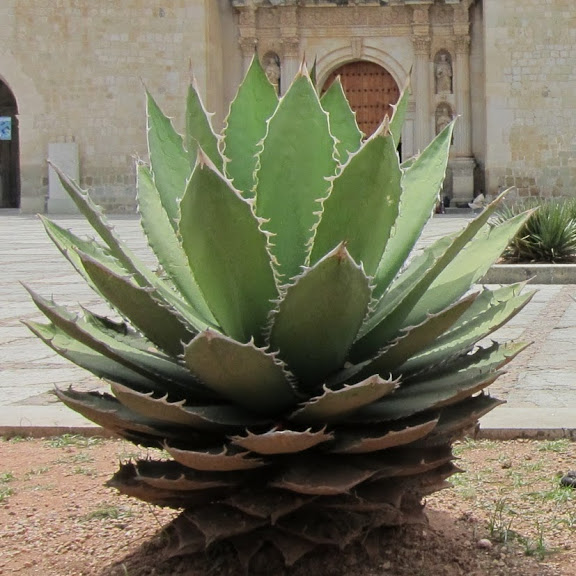As if there isn’t enough to worry about. Washington Post correspondent Kevin Seiff recently traveled to Oaxaca Mexico to investigate the diminishing supply of wild agave plants. Popularity, increasing profitability, and high demand in the face of limited supply risks placing certain agave species in a potentially unsustainable crisis. Why is this so concerning? While most consumers are familiar with tequila (a type of mezcal made from Agave Tequilana or Blue Agave), many are less familiar with the intricacies of mezcal. Unlike tequila, mezcal is often sourced from a variety of wild agave plants with a range of taste profiles. Blue agave is characterized by high sugar content or agavins – the source of non-alcoholic agave syrups or nectars found in grocery stores.

Wild agave refers to a variety of different species — Espadin, Mexicano, Karwinskii, Arroqueno, Tobala, Tepeztate, and many more. Of the different wild types, each is unique in its appearance and profile. Tobala is the most recognized with its distinctively small size and thick leaves. It produces one of the world’s most expensive mezcals as tobala can only be grown directly from seeds and takes a long time to achieve full maturity. Agave’s long maturity time prior to harvesting poses a unique challenge for the industry. The average time to maturity for tequila’s blue agave is 7 years; for wild agave species like Tepazate it can be as long as 35 years. Some mezcal producers may opt to harvest plants early but there’s a payoff for waiting until full maturity. A mature well- crafted Tepazate mezcal has more complexity and unique flavors than others. The passage of time allows small molecules within the plant to develop and converge along with the sugar required for alcohol production. One could think of it as “nature’s barrel.” Instead of aging performed in a cask, a unique internal process occurs within the agave plant pre-fermentation. As a result, one batch may be very different from another as a variety of factors – climate, temperature, sun, rain, terroir – affect each plant differently. And that is before harvesting. The process of mezcal production is highly complex and far from standardized. To provide some clarification, the mezcal industry’s Consejo Regulador del Mezcal (CRM) created three defined categories of mezcal : Mezcal, Mezcal Artesenal and Mezcal Ancestral. The first category, Mezcal, allows for mechanical and industrial processing. The latter two forms of Mezcal are more restrictive in terms of what can be utilized during production. Ancestral is the most strict category, only permitting pit ovens for the roasting process. Clay pots are exclusively used in distilling Ancestral Mezcal; fermentation occurs with other traditional vessels made of clay, wood, soil, stone or even animal skins. The ultimate result is an alcoholic spirit with an incredible range of flavor profiles and complexity. The best mezcals represent an elegant reflection of both premium quality agave and talented highly skilled Mezcaleros. For this reason, craftsmanship as well as sustainable agricultural practices will be essential for both spirit and tradition to endure.
